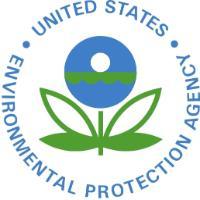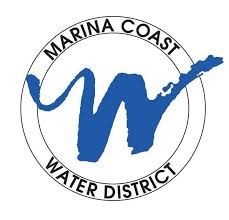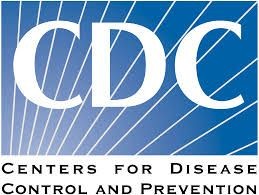Health and Safety
Drinking Water
The water infrastructure serving CSUMB, including all classroom and administrative buildings, central campus residential facilities, and east campus housing, is owned and operated by the Marina Coast Water District since 2001. Before this time, the water infrastructure was wholly owned and operated by the US Army until 1996. From 1997-2001 the water infrastructure was owned by the US Army but managed by MCWD. CSUMB purchases water service from MCWD and does not control water district operations. Individuals are encouraged to learn more about MCWD and water quality on their website.
Quality Testing
CSU Monterey Bay has proactively sampled drinking water sources across campus to ensure we meet the California Drinking Water Standard limits for lead of 15 parts per billion (ppb) set by the Environmental Protection Agency (EPA).
Drinking Water Survey Results
Why did the university conduct campus-wide water quality testing?
As a continued precautionary step, CSUMB administration has proactively tested our drinking water to ensure we meet the standard of the U.S. Environmental Protection Agency (EPA).
Where does the campus get its drinking water?
The campus receives its water from the Marina Coast Water District (MCWD). MCWD publicizes water quality reports here. The delivered water meets all federal and state public health standards. The MCWD’s most recent annual report indicates that lead results were non-detect for all of the samples.
How was testing performed?
Testing occurred during critical business operation times which allowed us to follow the EPA’s testing method. This method required fixtures to be flushed, not used for at least eight hours, and then tested. Testing while the campus was minimally occupied decreased disruptions and increased sample validity.
Where does the lead come from?
According to the EPA, the most common source for lead in drinking water is the fixture at the point of delivery.
What if a fixture's test results exceeded the standard?
Fixtures that tested higher than the 15ppb standard were immediately removed from service. Decisions were made for the next steps which included retesting, replacing fixtures, and posting signage for directives.
What if I am concerned about lead levels?
According to the EPA, the most susceptible population is infants and children. However, if you have health concerns, you should discuss those concerns with your medical provider.
How do I find out more about lead in drinking water?
Please visit these sites to gain a better understanding of lead:
Environmental Protection Agency
State Water Resources Control Board
Where will I get water if service is ever disrupted?
An alternative water source would be provided in this instance.
Whom should I ask if I have more questions?
You can contact the Environmental Health, Safety, and Risk Management (EHSRM) office by sending an email or by calling (831) 582-3730. EHSRM and FMD will work collaboratively to answer questions.


